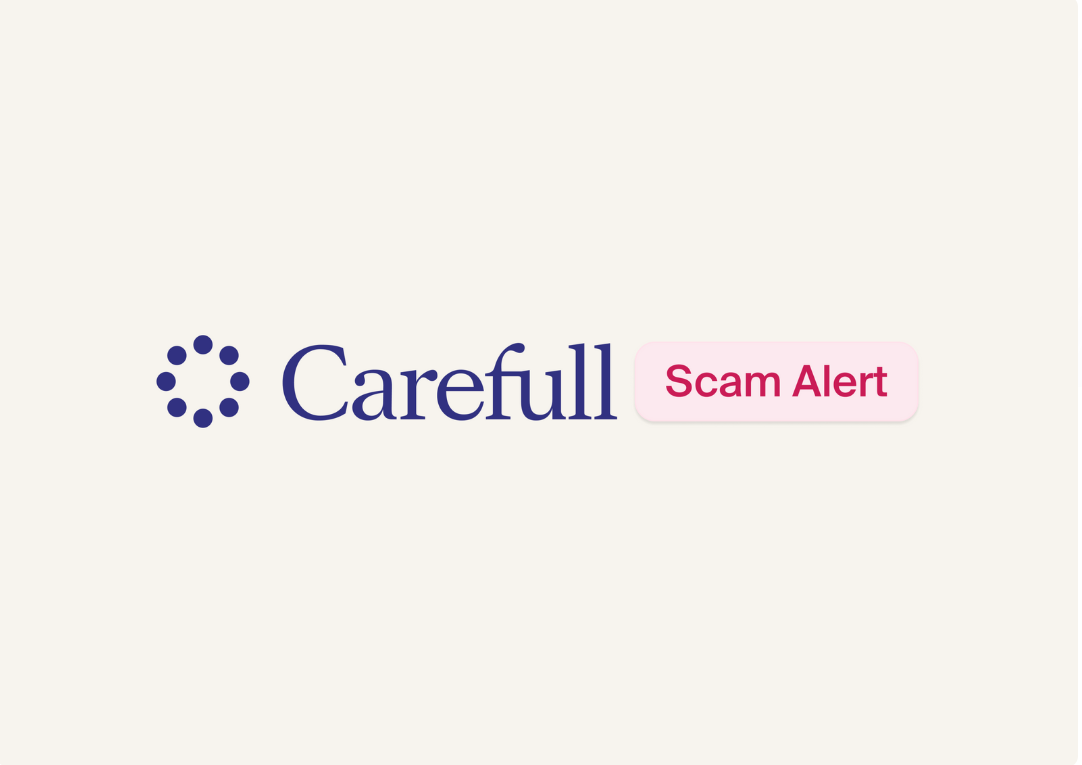Don’t Fall for Zelle Scams

Your phone dings, and it’s a message from your bank—something about a Zelle transaction. It mentions a suspicious payment, so you know you shouldn’t ignore it. Or should you?
A message like this seems legitimate and frightening, which is the goal. It’s meant to prompt you to take action. However, you shouldn’t because it’s a scam.
Complaints have been pouring in about crooks who trick consumers into sending money through peer-to-peer payment services such as Zelle. What makes these scams particularly frustrating is that victims often find that their banks are unwilling to help them get their money back.
Currently, banks are only required to repay customers for unauthorized transactions—not for transactions they authorize, even if they were tricked into making them. However, in the summer of 2023, Zelle began reversing transfers for victims of scammers claiming to be from a bank, existing service provider or government agency. The change in policy came in response to outcry from U.S. lawmakers about victims not getting refunds.
That doesn't mean, though, that everyone who loses money to scammers through Zelle payments will get refunds. That’s why you need to know how these schemes work and what you can do to avoid them.
[ Read: Beware of Scams Targeting Your Bank Account ]
How do Zelle scams work?
Zelle is a mobile banking app that allows you to transfer money from your bank account to someone else’s account. Created by a consortium of major banks, it’s a competitor to peer-to-peer payment services such as Venmo and CashApp.
These payment apps appeal to scammers because they allow cash to be transferred almost instantly. That’s why they use them in a variety of schemes. However, one of the most common and convincing scams involves a text message that appears to be from a bank. The message typically will include the following:
- A claim there have been fraud attempts on your account;
- A request to verify whether a payment was made; or
- A request to verify your identity by providing your account username.
When people respond to the texts, they typically get a call from someone claiming to be with the bank and providing instructions on how to deal with the situation. The aim is to get victims to reveal their account login credentials or to send thieves money.
For example, victims who receive messages about supposedly fraudulent transfers made from their accounts are instructed to use Zelle or a payment app to transfer money back to themselves, which is why these scams often are referred to as “me-to-me scams.” However, scammers manage to link victims’ payment apps to their accounts so the money goes to them rather than back into victims’ accounts.
How to avoid being scammed
Be aware that banks won’t ask you to transfer money between accounts or to your own account if they detect fraud. This is a request that only scammers will make. You also should take the following steps to avoid being lured into a Zelle scam.
- Don’t respond to unsolicited text messages or emails, even if they appear to come from your bank or a service provider. Contact the company directly to see if it is trying to reach you.
- Never provide personal information over the phone or by email or text. Bank and payment app representatives won’t reach out to ask you to provide your login credentials or other sensitive information.
- Link money transfer apps to a credit card rather than a debit card or bank account because credit cards offer more protections if you don’t receive a good or service you paid for.
- Enable security features on money transfer apps, such as multi-factor authentication that will require using a one-time passcode, face or fingerprint recognition to authorize transactions. However, never provide one-time passcodes that you receive to someone who asks because this is a tactic scammers use to hijack victims’ payment app accounts.
- Never use payment apps to send money to or receive money from someone you don’t know.
Using an account monitoring service such as Carefull also can help. When you link your bank and credit card accounts to Carefull, it will monitor those accounts 24/7 and alert you if it spots any payments made through a peer-to-peer payment app (as well as many other signs of fraud). This will help you catch any fraudulent transactions if someone gained access to your app account without your permission so that you can quickly alert your bank or credit card provider about the fraud.
What to do if you become a victim
It can be difficult—often impossible—to get your money back if you become a victim of a payment app scam. That’s because, for the most part, you can’t cancel completed payment app transfers.
Plus, banks and peer-to-peer payment services are currently required to investigate and reimburse only unauthorized transactions—not transactions initiated by customers. So if someone were to steal your phone or trick you into sharing your login credentials to access your mobile payment app and use it to transfer cash, that would be an unauthorized transaction. But if a scammer talked you into sending him money, that would be an authorized transaction and likely wouldn’t be reimbursed—except if you lost money to an imposter scammed, based on Zelle's new policy.
However, you still should immediately report that you were scammed to your payment app service so it can investigate and determine whether it considers the transaction was unauthorized. Also, if your mobile device was stolen and used to access your payment app account, report it to local law enforcement and get the report to share with the payment app service.
If your bank or payment app service refuses to reimburse you, you can file a complaint with the Consumer Financial Protection Bureau. The CFPB will send your complaint to the company for its response, but there’s no guarantee it will lead to reimbursement.
[ Keep Reading: How to Protect Your Account Passwords ]

3 Steps to Safer Money,
Try it Free for 30 Days
Step 1
Start your free,
no-risk trial
Step 2
Connect the accounts and cards you want protected
Step 3
Stay alerted to any
unusual activity



.png)



